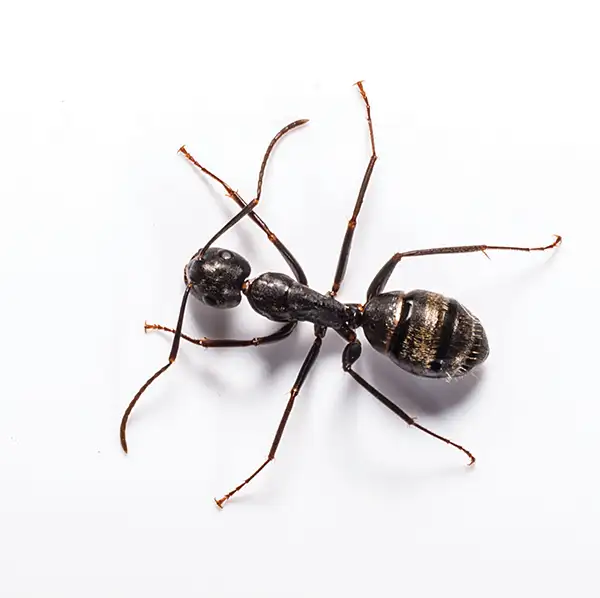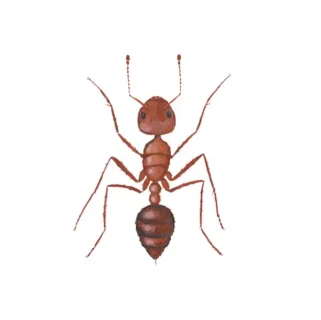
Carpenter Ants in Kailua Kona
Carpenter ants are named for their tendency to carve their nests within wood, crafting smooth tunnels and galleries. Often confused with termites, they are wood-damaging pests that tunnel through wood to establish their colonies. Their nest-building efforts compromise the structural stability of residences and commercial properties. While carpenter ants do not consume wood for nourishment, they excavate it to create nesting sites. This continuous activity can cause significant wood damage over time, transforming sturdy structures into hollow shells. Additionally, carpenter ants have a diverse diet, favoring the sweet honeydew produced by sap-sucking insects.
Carpenter Ant Habitat
Attracted to moisture, carpenter ants can establish nests in various locations, both indoors and outdoors, typically close to damp or decaying wood. In residential and commercial settings, the main nest is typically situated outdoors, often in a tree, stump, or pile of firewood. Indoors, nests are frequently found in wood affected by water leaks, such as attic rafters, roof overhangs, wall voids, hollow doors or columns, crawl spaces, and behind dishwashers. Indoor infestations of carpenter ants are consistently linked to moisture problems within homes or businesses.
Carpenter Ant Behaviors, Threats, or Dangers
Carpenter ants present a significant concern for homeowners. Despite their infrequent biting and generally benign nature, their excavation activity compromises and undermines the structural stability of residences and commercial establishments. Swarms of carpenter ants typically emerge in spring, signaling the proximity of a nesting colony. The presence of small piles of sawdust or faint rustling noises within walls serves as telltale signs of an infestation. While not as destructive as termites, if left unaddressed, carpenter ants systematically damage homes and valuable wooden items. If a carpenter ant infestation is suspected, it is best to contact a professional ant exterminator.
Need help with Carpenter Ant control?
Need Pest Control Service?
Leave your information below and we’ll be in touch with a FREE quote!
"*" indicates required fields
*During normal business hours. After hours calls will be returned the next business day.


![White footed ant on a white background. Ant removal services with [placeholder-comapny] in Kailua Kona](https://konacoastpestcontrol.com/wp-content/uploads/white-footed-ant-350x262.webp)

